Kristin Madden 1,2 and Matthew Mitchell1
1U.S. Fish and Wildlife Service Southwest Region, Migratory Birds Program, Albuquerque, NM, USA.
2Wildlife Rescue Inc. of New Mexico, Albuquerque, NM, USA
ABSTRACT
We predicted that certain falconry techniques would decrease stress and the time required to pre-condition raptors for release. Between 2008 and 2014, we alternated use of traditional rehabilitation procedures with falconry techniques on 45 raptors. Twenty-seven birds were alternately restrained using either a towel or a falconry hood. Results from t-tests showed significant decreases in stress with the use of falconry hoods vs. towels. Twenty-six accipiters and falcons were either held in pet carriers or hooded and perched on falconry blocks. All 14 tethered birds retained excellent feather and cere condition. Of the 12 birds kept in pet carriers, none were in excellent condition and eight showed more than one category of damage. Twentyeight birds were either provided with the traditional cage flight conditioning, flown on a creance, or conditioned through specialized strength building exercises called “Jump-Ups.” An additional three birds were conditioned using a combination of Jump-Ups and creance flight. Cage flight alone required considerably, though not statistically significant, more conditioning time before release in most cases. Creance flight and Jump-Ups were similar in time required for conditioning when used alone. However, a combination of creance and Jump-Ups for three birds required far more time than either method alone.
KEYWORDS: conditioning, creance, falconry, raptors, rehabilitation, wildlife rehabilitation

Leave a Reply
You must be logged in to post a comment.